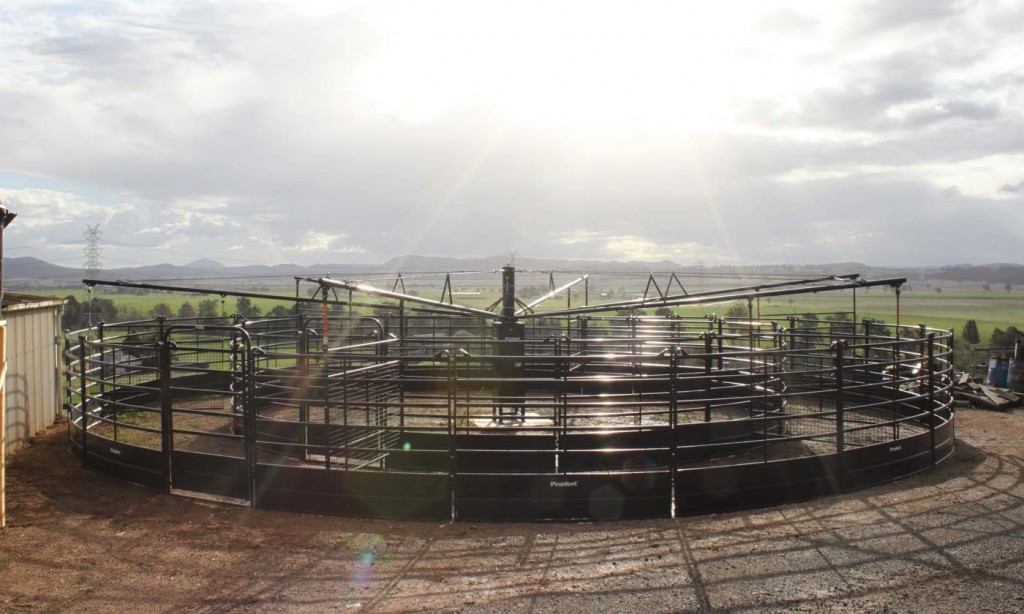Horse Walker vs. Hitching Post

Horse walker or hitching post? Is there a difference? Yes, there is.
My name is Earl Robinson, better known in the equine industry as “Digger.” For this blog we’re gonna set the hitching post aside, as if you didn’t know what that old stable is for. Here, I introduce you to the Horse Walker. But first, who am I and why the hell should you care what I have to say about it? Stay with me and I’ll sort it all out for you.
Remember 1968? That year I owned and operated my first machine / welding shop. Soon my biggest customer was none other than the United States Government! I was fortunate to get a few government contracts, machining small parts for helicopters headed to Nam. During that time I designed and built several conventional horse walkers, the first being for my horses. Oh, did I forget to mention that I owned a couple Quarter Horses? Now, had you come across my first horse walkers you might have mistaken them for hitches. But they became something of their own. Over the course of the next 40 years I have been involved in building walkers on and off for my customers and repairing walkers made by other manufacturers. Some say that over that time is where distinction between the terms Horse Walker or Hitching Post came from. Some say it came from me. Well, let’s just leave that there. What we’re here for today is to answer the question, “Do I have a Horse Walker or Hitching Post?” Here’s a simple test.
1. Think you got a Horse Walker? Start it up.
2. Stand in the walking path.
3. Plant both feet firmly in front of you like you are about to bulldog a steer.
4. When the next lead shank comes around, grab it with both hands, lean back and try to stop the walker. If you succeeded in stopping the machine, don’t refer to it as a Horse
Walker, it is nothing more than a glorified Hitching Post.
If you failed in stopping the walker, call it a Horse Walker.
That’s all there is to it folks. Until next time…
Digger
